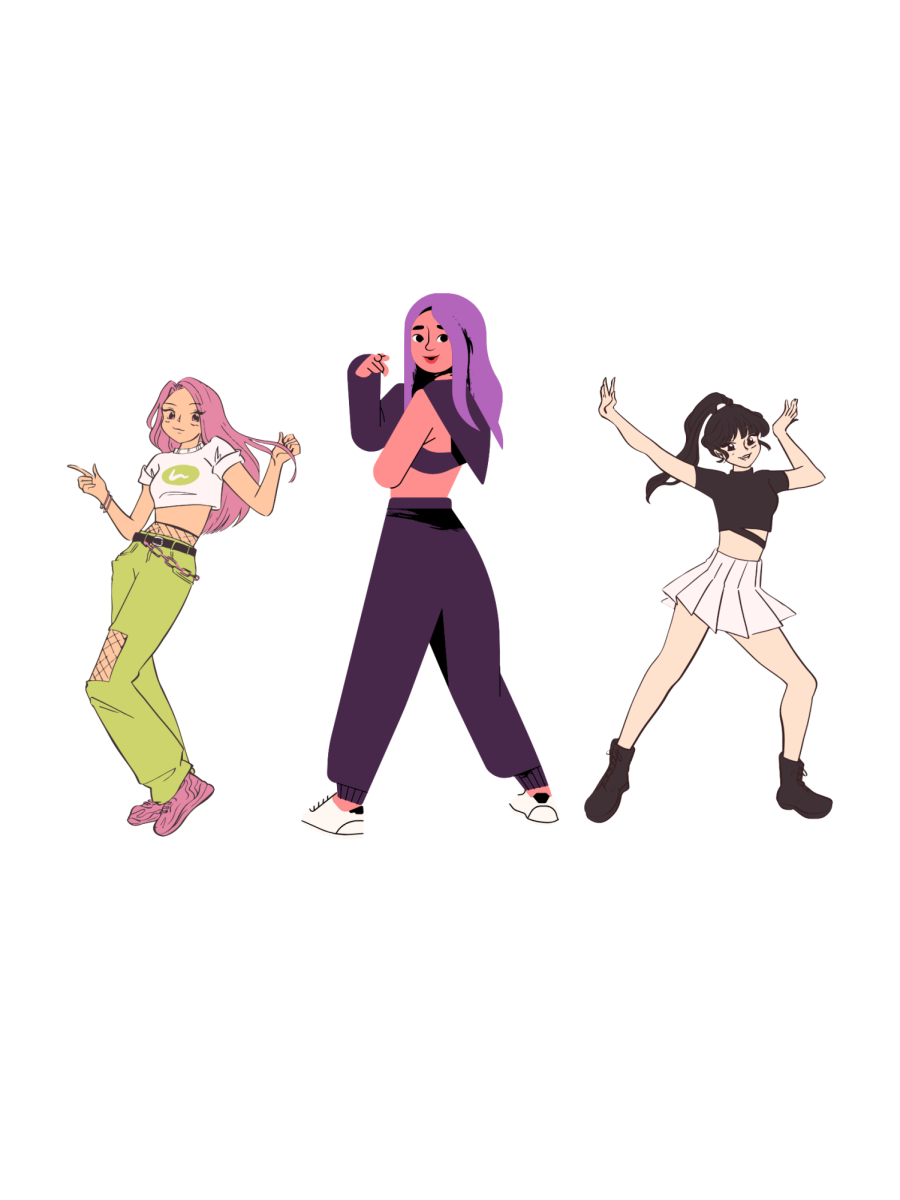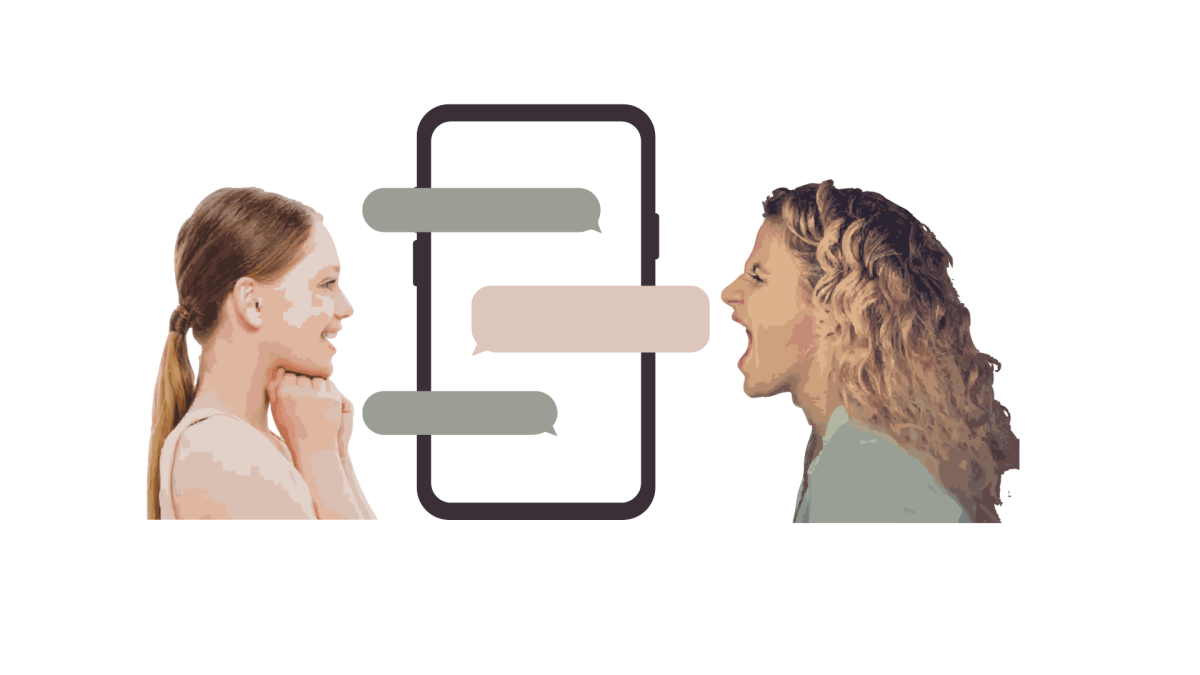When teenagers sit down to watch classic movies like “Mean Girls” or “Clueless,” one aspect stands out in both: stereotypes. In these and many other teen films, characters are often defined by their cliques. Most times, there’s the awkward nerd, the popular cheerleader, the dumb jock, the class clown and the theater kid. Watching several movies portraying stereotypes ingrains them in students’ minds. Teens start to apply these stereotypes and categorize people into specific cliques. As students transition into high school, stereotypes start to become more prevalent.
“[Stereotypes arise] because as human beings, we naturally classify things,” guidance counselor Rylan Smith said. “So [stereotypes are] an easy way to classify people.”
Humans naturally create stereotypes, and one way is by categorizing people based off certain aspects of their personality or hobbies.
“You’re naturally drawn to certain people, and that sometimes creates a stereotype,” Smith said.
Cheerleader Madison White notices discrepancies between stereotypes in media and her own lived experiences.
“In movies, [cheerleaders] are depicted sometimes as mean and popular, but behind that, in real life, they’re very nice, “ White said.
Weeding out the harmful stereotypes is difficult because they are not always portrayed with a negative connotation. However, just because they are positive doesn’t mean they aren’t damaging. Examples of positive stereotypes are “men are leaders,” “women are caring” or “elderly people are wise.”
“I think by recognizing the diversity of everybody and by recognizing that you can’t define somebody by one interest or one activity or one anything, [you can combat stereotypes],” Smith said.
Stereotypes that could be potentially more damaging to high schoolers and beyond are stereotypes linked to race, ethnicity or gender. Because these stereotypes are harder to change, they are harder to eliminate and more harmful. According to BetterHelp, a mental health platform, one harmful effect of stereotypes is stereotype threats: when a person’s expectations about themselves or others depend on things like their race, ethnicity, gender or cultural group. These stereotype threats can be similar to, “African-Americans are athletic” or “Men are leaders.”
Although it seems unlikely that stereotypes have pros, English teacher Ann Skippers believes there is a way stereotypes can have a positive impact.
“Especially as you’re growing up, you find out who you are,” Skippers said. “And sometimes, it’s just by trying on those different ideas.”
However, Smith disagrees and finds it hard to believe there can be a positive in stereotypes.
“If we allow ourselves to get lost in the stereotypes, we forget that people are individuals and that people are diverse in their activities and their beliefs and the stereotype hides all that, so that’s important to understand,” Smith said.
















